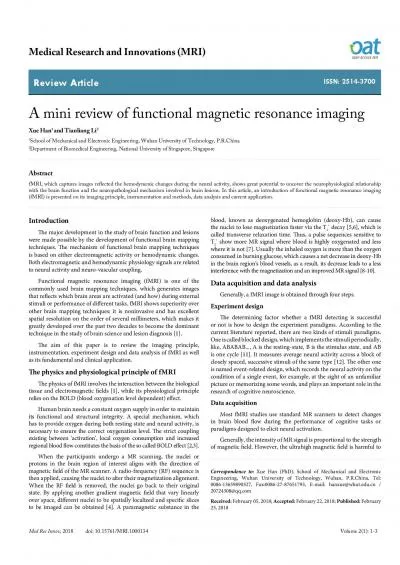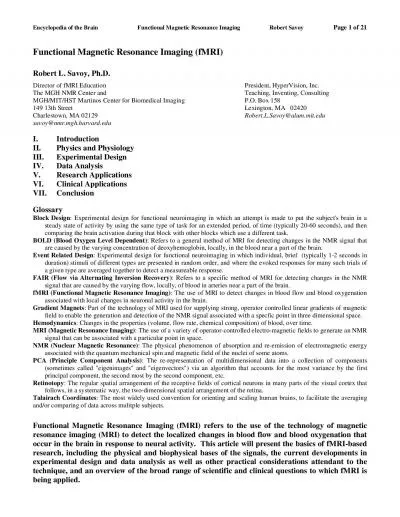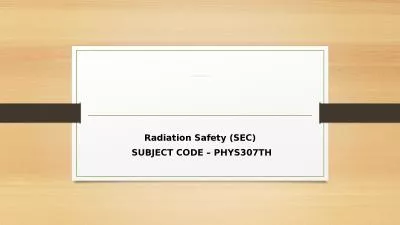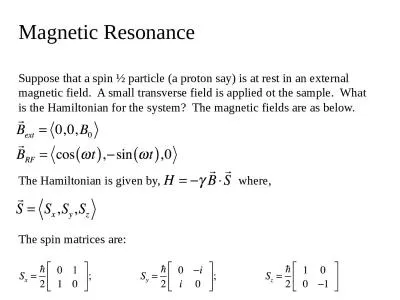PPT-MRI Fundamentals Introduction to Magnetic Resonance Imaging
Author : yvonne | Published Date : 2024-05-17
Brown University Clinical Neuroimaging Research Core Version Date 1 19 202 3 1 Basic Terms and Concepts What is MRI MRI m agnetic r esonance i maging Noninvasive
Presentation Embed Code
Download Presentation
Download Presentation The PPT/PDF document "MRI Fundamentals Introduction to Magneti..." is the property of its rightful owner. Permission is granted to download and print the materials on this website for personal, non-commercial use only, and to display it on your personal computer provided you do not modify the materials and that you retain all copyright notices contained in the materials. By downloading content from our website, you accept the terms of this agreement.
MRI Fundamentals Introduction to Magnetic Resonance Imaging: Transcript
Download Rules Of Document
"MRI Fundamentals Introduction to Magnetic Resonance Imaging"The content belongs to its owner. You may download and print it for personal use, without modification, and keep all copyright notices. By downloading, you agree to these terms.
Related Documents

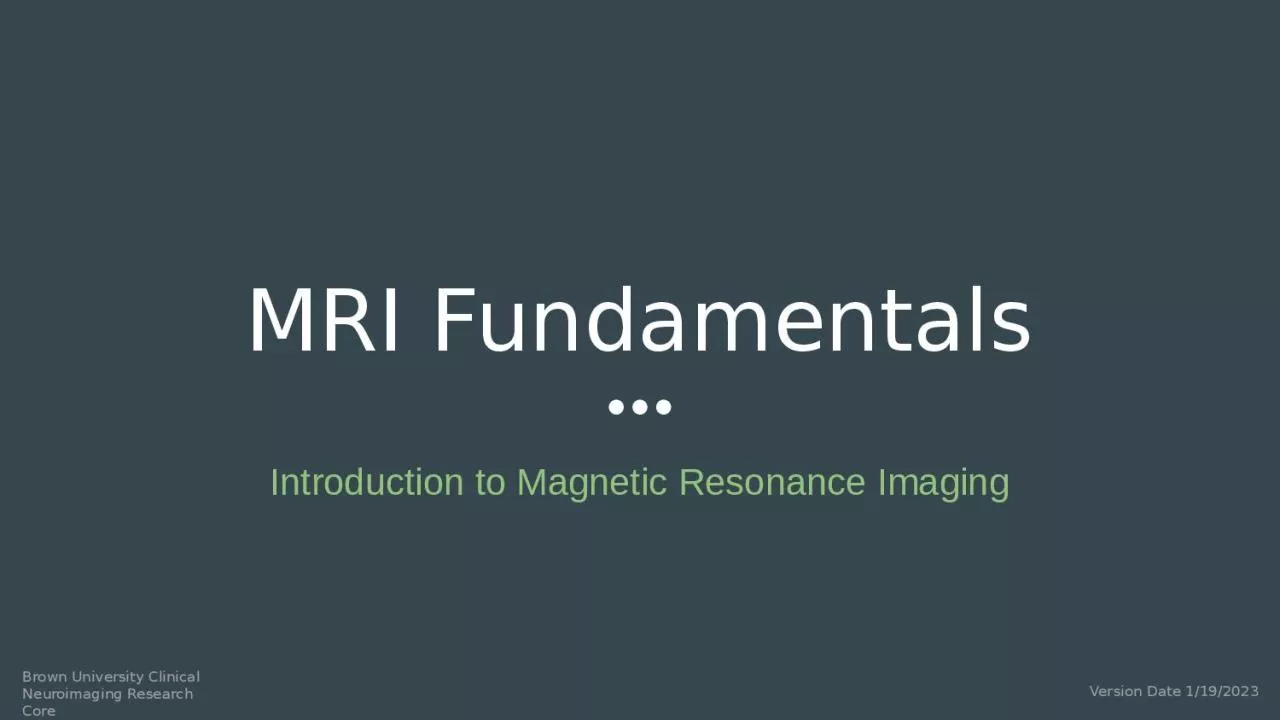
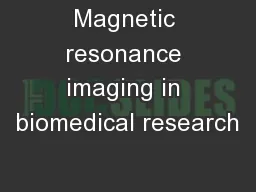

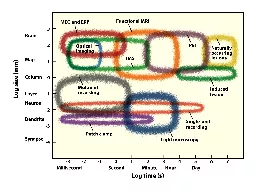
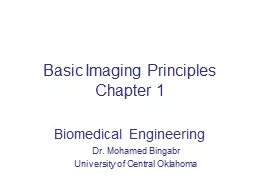
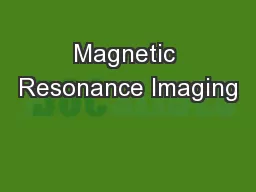

![Magnetic Resonance Imaging [MRI]](https://thumbs.docslides.com/919481/magnetic-resonance-imaging-mri.jpg)

